What to do when your team returns to the office
Contribution | Written by Emily Anthony
Having your team work remote these past few months? Here’s how to get them back in the office and performing like champs.
In the past couple of months we’ve witnessed a huge shift from in-office work to telework for many employees, and it seems that things will be this way for some time. And while the transition to remote might be challenging initially, it will be just as challenging when things shift back to a formalized office structure. Additionally, the landscape of work with a shifting economy may mean that employees will be entering a different work environment entirely. It’s safe to believe that many will have discovered the virtues of ‘the out of office’ experience, and is it is equally safe to say, many will appreciate being back around the formal ‘water cooler.’ How can companies mitigate the risks associated with the shift back to the office?
Working Environment. One thing to consider is the office space. Do a check of the current office working environment – have you had to make the difficult choice to lay off or furlough some employees? Are there new health and safety procedures that employees will need to follow when they return? Understanding the scope of what employees will see when they get back will help you craft a reintroduction process that works company wide.
Employee Reintroduction. Reach out to employees and conduct a “reintroduction” conversation. What routines have they developed while they’ve been away? What are some things they’ve learned about the process that they can take back into the office that can improve workflow? This information gathering step is important in order to craft a procedure that works well for every employee. Gathering information will also prevent you from creating solutions to problems that may not exist (the proverbial “hammer looking for a nail.”)
Be Patient. An important thing to consider when an employee reenters the office is to be open and understanding during this adjustment. If an employee has gotten used to environments where there is little outside noise and few interruptions from colleagues, having people consistently approaching their desk may be perceived as an annoyance rather than welcoming. It’s crucial to craft environments and experiences that take into account the meshing of two very different workspaces. The quicker you can get an employee to feel comfortable in their work environment, the faster you will get people performing. .
Consider Alternatives. This is also a great time to consider if your entire workforce actually needs to be back in the office full-time. Are there instances where you’ve seen upticks in productivity from employees shifting to remote? If you’ve found that there is no loss in output, check to see if employees could benefit from working remote or moving to a partially remote schedule. You could reduce overhead costs and save money as a result.
We are in the thick of some interesting and challenging times, but as Maya Angelou put it perfectly: “Every storm runs out of rain.” When things shift back into a collective new “normal” we will all be stronger and more resilient from the experience. Your employees will be grateful and more connected when they get back in if you show that you’re serious about having them performing in spaces where they feel comfortable and safe.
Emily Anthony
Associate Director



